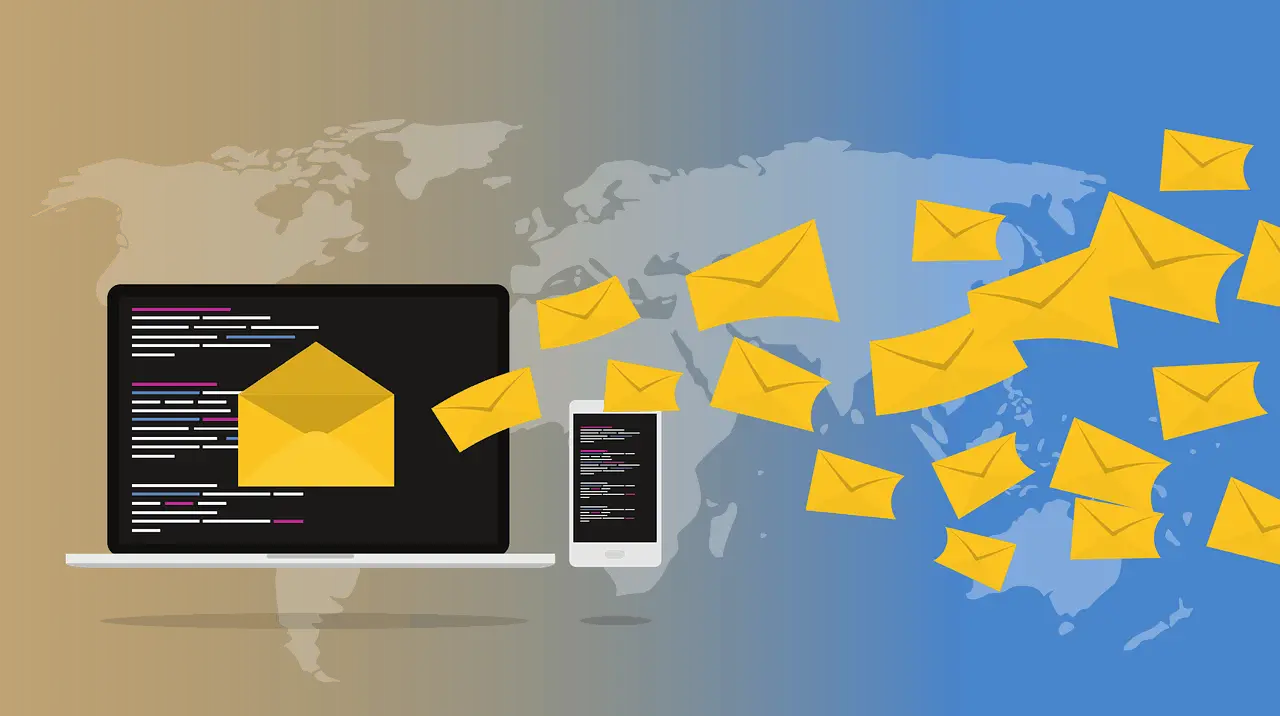Embracing the latest tech is essential in business for keeping up with competition and the growing needs of your customers. One recent tech development that has been changing businesses is automation.
Automation involves using computers to automatically carry out tasks without the need for human intervention. It can be a great way of managing tasks that may otherwise be time-consuming or easily forgotten – often helping companies to save and make more money.
In business, there can be many uses for automation. Below are eight business tasks that can be automated.
Calculating taxes and expenses
If you’re still manually calculating taxes and expenses using a calculator, it could be time to graduate to accounting software. Such software can automate this process for you, saving you a lot of time spent on bookkeeping.
There are many accounting programs out there on the market. It’s worth comparing these programs to find the best option for you – some programs are specialized to certain industries or certain sizes of companies. Free programs exist and are usually suitable for small businesses, but may have limited features that aren’t suitable for companies wanting to scale up. The best programs have a range of automation features – including automated billing, automated currency conversions, and even useful budgeting features. The most popular accounting programs may be able to offer personalized tools and price plans catered to your needs.
Paying suppliers and employees
On top of calculating taxes and expenses, you can also use automation to ensure that suppliers and employees are always paid the right amounts on time. This might be as simple as setting up a direct debit or standing order, however in cases where payments may differ from month to month, a more intricate form of automation may be needed.
If you use lots of different suppliers, you may be able to use supply chain management software to automatically keep track of these suppliers and pay them all. As for paying employees, you may be able to use payroll software to automatically record hours and calculate employee extras such as holiday pay and bonuses. This could make the whole process of paying suppliers and employees a lot easier.
Screening resumes
Screening the resumes of hundreds – and in some cases, even thousands – of applicants can be a time-consuming task. Automating this process could be a more efficient way of doing this. Such software screens resumes for keywords to help narrow down applications to only those that are suitable.
It’s worth shopping around to find the best software for you as there are many types of resume screening programs out there. Make sure that this software isn’t being used to replace all manual screening – while it can be a useful tool for narrowing down relevant resumes, a human recruiter should still take the time to give these recommended resumes to check for any information that may not have been picked up by a computer.
Tracking/replenishing inventory
If you own a retail company, it could be worth automating your inventory records. Every time a product is sold, you can automatically adjust your stock records. You can even use this information to automatically order new stock so that you never run out of stock.
Most modern e-commerce and retail software have automation features that can keep track of inventory for you. If you’re just starting out your business, it could be worth taking your time to research various software options and comparing the automation features available.
It’s unlikely you’ll be able to automate all inventory tracking (manual adjustments may still be necessary in certain cases where inventory may be damaged before a sale or even stolen). However, you could save a lot of time by simply automating the basics.
Sending emails and texts
It’s even possible to automate certain emails and text messages to clients. While this may not be suitable for all emails and text messages, it could be useful with generic follow-ups and alerts. A few examples include:
- Purchase confirmation emails: Such emails can be useful when confirming online purchases and can be used to thank customers.
- Appointment reminders: If a customer has booked an appointment, it can be useful to be able to send out an automatic reminder (it prevents you from having to remember to send out this reminder).
- Feedback request emails/texts: After a customer has finished doing business with you, you could consider sending out an email or text message asking for feedback (asking customers to leave reviews is something that many of us forget to do).
- Subscription expiry reminders: If a customer is nearing the end of their subscription, you could send out an automatic email urging them to renew their subscription.
- Birthday messages/rewards: If it’s a customer’s birthday, you can automatically send them a gift on this day such as a voucher.
- Abandoned shopping cart email reminders: If a customer visits your online store and does not commit to a purchase, you could send a friendly prompt to remind them that they’ve left an item in their shopping cart.
Sending out these emails and texts requires you to have customer contact details, as well as having automated messaging software. Bulk messaging tools are some of the best software options – they can be useful for communicating with mailing lists, allowing you to message hundreds of people at once, as well as allowing you to trigger personalized messages to individual customers. It’s important that when adding customers to your mailing list you always ask for their consent first.
Automation should not be used when cold emailing strangers. Emailing the same emails to lots of strangers is likely to trigger spam filters – resulting in your email not being read by most recipients. It is best reserved for communication with existing customers with whom you’ve already established a rapport.
Responding to customer queries
It’s also possible to automate certain aspects of customer support. For instance, it’s possible to set up a chatbot for website inquiries – such chatbots can be programmed to answer questions related to your business that visitors to your site may want to ask. It’s even possible to set up an automated receptionist to take phone calls from customers.
Automation does have its limits in customer support – some customers may get frustrated talking to a robot, especially if they’ve got complaints or complex issues to solve. Consequently, you should always provide the option to talk to a human as an alternative. This is particularly the case with phone calls (automated receptionists should generally only be used to answer basic inquiries or direct callers to the right departments).
Sharing social media content
It’s also possible to automate some of your social media marketing. While you can’t rely on automation software to come up with all your content for you, automation tools can be useful for scheduling posts for specific times when lots of your customers may be online. They can also be used to reshare content to help it get maximum exposure as well as automatically sharing blog posts or videos the moment they are published.
There are software tools that can allow you to manage all your social media accounts from one place, updating them all simultaneously and scheduling posts on all of them. Such software can be very useful for getting the most out of social media while saving you a lot of time.
Setting yourself alerts and reminders
There may be times when you need to remind yourself of meetings, phone calls, or tasks that need to be done at a certain time. These alerts and reminders can also be automated, helping you to stay organized.
Diary and calendar programs are the best tools for doing this – these tools then automatically send alerts five minutes before to ensure that you don’t miss your meeting or appointment. These may be available as software or as apps on your phone (an app could be useful if you need to receive alerts on the go).
There may be other types of alerts that you also want to set up such as alerts to tell you that you’ve hit a certain sales figure, alerts to tell you that there’s been a security breach, or alerts to tell you that someone mentioned your company on social media. Technology exists to set up all of these types of alerts. This could allow you to constantly keep on top of your business without having to manually monitor data.
Can every business task be automated?
Pretty much any business task can be automated, but this doesn’t always mean that it should be automated. It’s important to always assess the costs involved and to determine whether a task can benefit from human empathy and imagination (two things that automation tools cannot replicate). The best tasks to automate are mundane and repetitive tasks. If you encounter any such tasks in your day-to-day work, consider whether they can be automated to save you time – the answer is likely yes.



Please note: I reserve the right to delete comments that are offensive or off-topic.